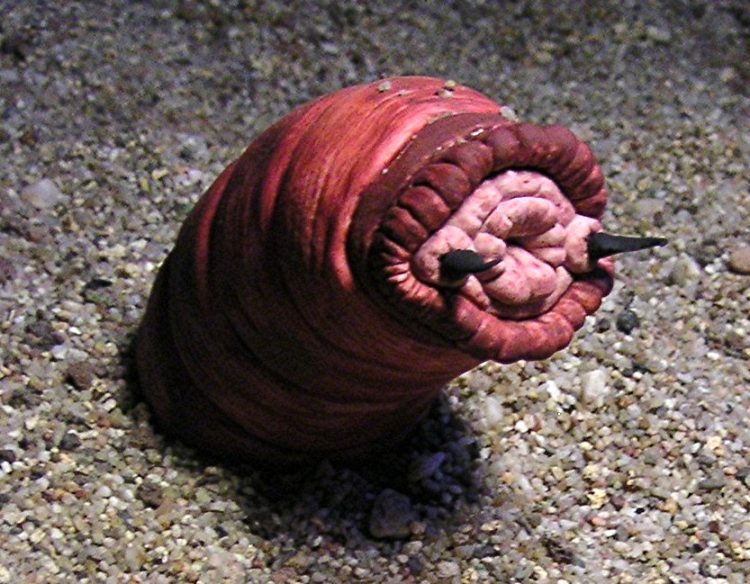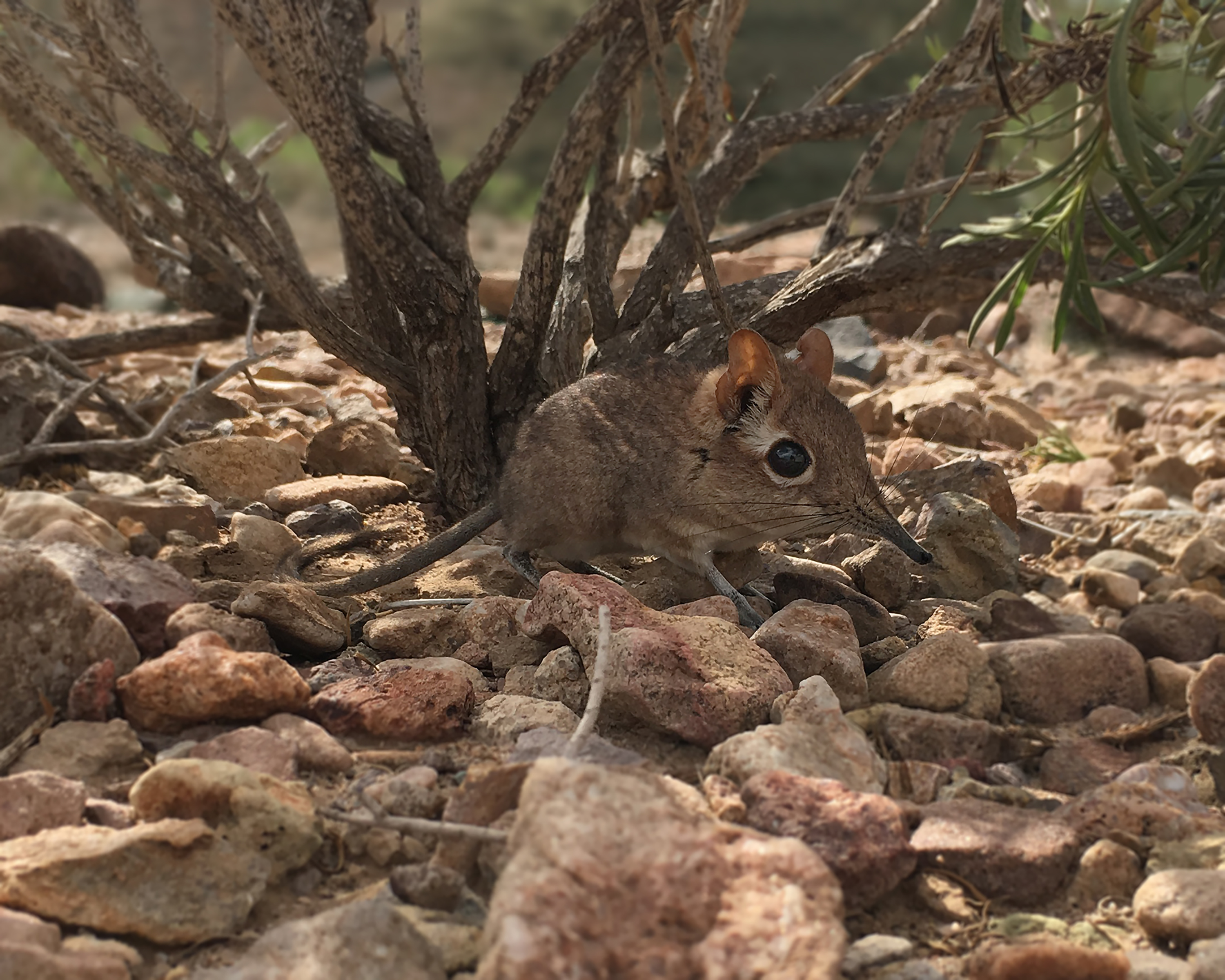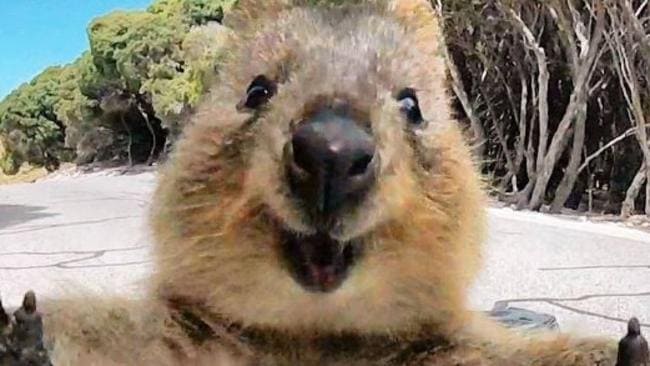
Betcha thought I was gonna talk about that swamp down in Washington, D.C. Uh-uh! Not today! I’m talkin’ the Likouala Swamp, in Congo, Zaire, and the Central African Republic–55,000 glorious square miles of it, 80% of which is unexplored. Population, 90,000–but most of the land is unpopulated… and not visited, if one can help it.
Soggy ground, dense forests that are flooded at least half the time, poisonous snakes, clouds of biting insects carrying assorted diseases; 100% humidity, average temperature around 90 degrees; sketchy and unreliable maps, and guides who don’t know what the dickens they’re talking about–
Is it possible that a dinosaur lives here?
Local folklore and worldwide cryto-lore knows the creature as “mokele-mbembe.” The few people who venture into the nastier regions of the swamp are said to be terrified of it. But no one has ever taken a picture of it–let alone brought back any kind of sample, dead or alive.
It’s easy to be skeptical and just laugh it off, there’s no such thing, a kind of brontosaurus surviving to the present day–upon my word, pshaw, humbug! Poor cryptozoology. The moment the cryptozoologist actually finds a specimen, it ceases to be cryptozoology and regular zoology takes over. In fact, any number of animals were discovered in the 20th century that hadn’t been known to exist or were thought to be extinct. Coelacanth, anyone?

(Not extinct, after all–the coelacanth)
Would it not be more fair-minded to say that maybe, just possibly, there is something in the Likouala Swamp that probably oughtn’t be there? The coelacanth lived contemporaneously with dinosaurs and marine reptiles, and it’s still here. Why not mokele-mbembe?
But if there is such a thing, I hope they never find it. Trouble like that, the people and the dinosaurs don’t need.
Like this:
Like Loading...






